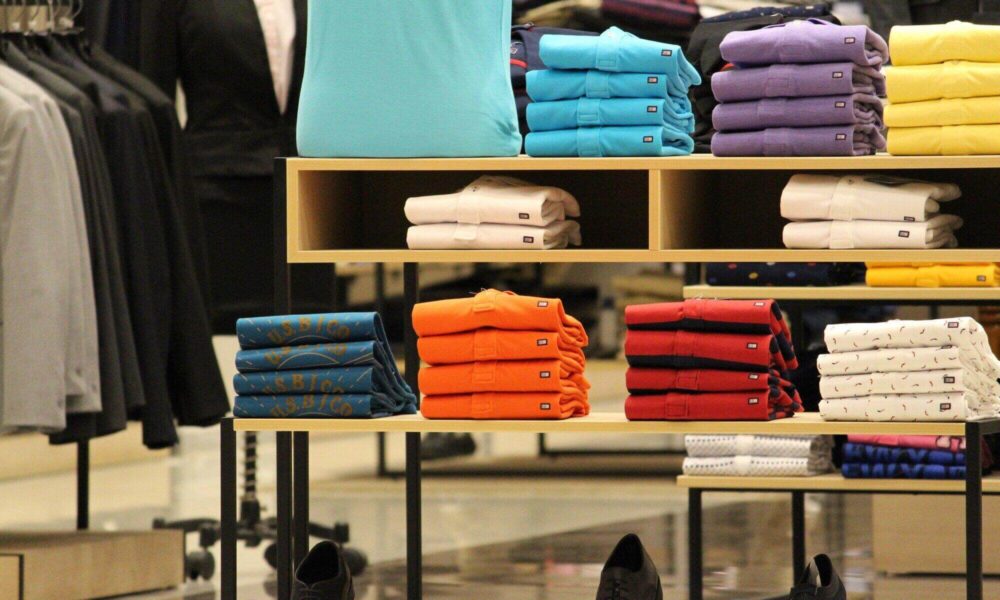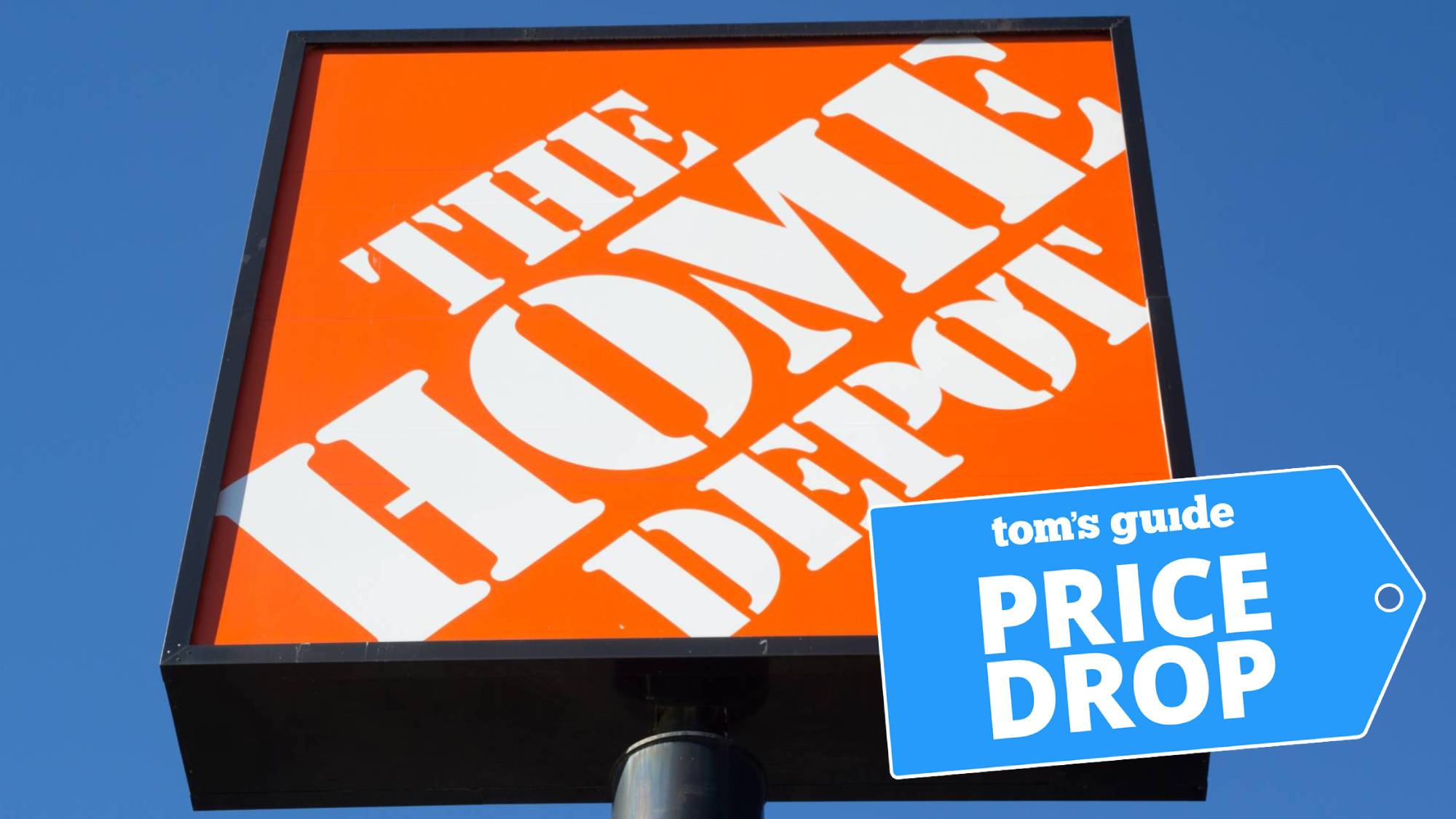Retail merchandising is an essential factor in the success of any brick-and-mortar retail store. It encompasses various strategies and elements that contribute to the overall shopping experience, influencing consumer behaviour and, ultimately, sales performance. One of the critical components in retail merchandising is the strategic use of store layouts to guide customers through an intuitive and engaging path. Within this context, display retail tables play a pivotal role in product presentation and can be a vital tool for retailers seeking to maximize their store’s layout effectively.
The Impact of Store Layout on Customer Experience
The layout of a store is not just about placing shelves and racks; it’s a carefully crafted journey that directs the consumer from the entrance to the checkout. A well-designed store layout can lead to significant increases in average time spent in the store, customer satisfaction, and repeated patronage.
Understanding Traffic Flow and Customer Movement
When retailers understand how customers move through their space, they can design a layout that accommodates natural flows and reduces congestion. This approach increases the chances of customers finding what they need, encountering additional items they did not know they wanted, and having a pleasant shopping experience.
Elevating Product Visibility and Accessibility
The strategic placement of products throughout the store can facilitate higher visibility and accessibility. Display tables offer an excellent opportunity for highlighting new arrivals, sales, or seasonal goods at eye level where they cannot be missed.
The Strategic Placement of Display Retail Tables
Display retail tables can be incredibly versatile in a retail setting, serving multiple purposes from showcasing merchandise to acting as focal points that draw shoppers deeper into the store. Their strategic placement is as crucial as the products they display.
Entrance Areas: Making an Immediate Impact
Placed near the entrance, display tables can create an impactful first impression, as they are one of the first elements that customers interact with. Carefully selected merchandise here can set the tone for the rest of the shopping experience.
Pathway Integration: Guiding the Shopper’s Journey
Integrating display tables along the main customer pathways can act as stopping points, offering opportunities for customers to engage with merchandise they might otherwise have missed.
Dead Space Utilisation: Turning Empty Areas into Profit Zones
Areas of the store that often go unnoticed, such as corners or space near support columns, can be turned into profitable zones with the use of display tables. This maximises every square foot of the store floor for merchandising purposes.
Enhancing Product Appeal Through Display Tables
Display tables are not just about functionality; they’re also about presentation. A well-merchandised display table can enhance the perceived value of the products it holds and encourage impulse purchases.
Creating Themed Displays
Themed displays on tables can create a narrative around a collection of products, making it easier for customers to visualise how items could fit into their lives. Seasonal themes, for instance, are particularly effective in capturing customer interest.
Encouraging Interaction and Engagement
A display table that encourages interaction, such as the invitation to test a product, can increase engagement and lead to a more satisfying shopping experience, improving the likelihood of a sale.
Revamping Product Ranges Through Rotation
Regularly rotating the products on display tables can give the impression of a constantly evolving product range, drawing repeat customers back to see what’s new.
Design Considerations for Display Tables
Choosing the right display tables for a retail space involves several design considerations, such as size, height, and material. The design should align with the store’s branding and aesthetic while being functional and durable.
Consistency with Brand Image
The design of display tables should reflect the store’s brand image. Sleek, modern tables might suit a high-end boutique, while rustic wooden tables could be more appropriate for an artisanal shop.
Adjustability and Flexibility
Tables with adjustable features, such as modular components or varying height options, offer flexibility for different types of merchandise and changing displays.
Material Selection and Durability
Materials used for display tables need to be both aesthetically pleasing and durable enough to withstand heavy use. The right choice of materials can enhance the overall store design while ensuring longevity.
The Role of Display Tables in Retail Metrics
The influence of display retail tables extends beyond mere aesthetics; they can also be measured in terms of retail metrics. Metrics such as dwell time, conversion rates, and average transaction value can all be positively influenced by effective display table use.
Influence on Dwell Time
Display tables that captivate customers’ interest can extend the amount of time they spend in a store, potentially leading to more purchases.
Contribution to Conversion Rates
By strategically placing display tables with high-margin or impulse-buy items, retailers can see an improvement in conversion rates by influencing on-the-spot purchasing decisions.
Effect on Average Transaction Value
Display tables can be used to cross-merchandise complementary items, encouraging customers to buy additional products and thereby increasing the average transaction value.
Conclusion
Retail merchandising is a multifaceted practice that plays a critical role in the success of physical retail stores. By understanding customer behaviour and the strategic use of store design elements, such as display retail tables, retailers can create a compelling in-store experience that both satisfies customers and drives sales. With thoughtful consideration given to their design and placement, display tables can be powerful tools in the art of retail merchandising, helping to maximise the potential of a store’s layout and contribute to the overall business objectives.










